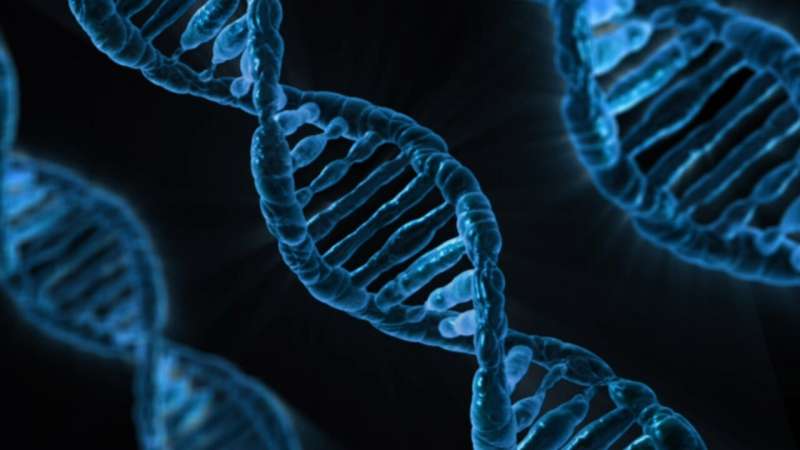This article has been reviewed according to Science X's editorial process and policies. Editors have highlighted the following attributes while ensuring the content's credibility:
fact-checked
peer-reviewed publication
trusted source
proofread
Researchers identify jumping genes that can lead to rare syndrome in children

A new family of DNA elements which control the activation of certain genes known to cause a rare disease known as MSL3 syndrome in children has been identified.
The study led by researchers at the Queen Mary University of London and published in Nature Structural & Molecular Biology shines a new light on the mechanism behind this poorly understood disease, hoping that it can lead to better treatments for this and similar diseases in the future.
Mutations in the MSL3 gene are known to cause a rare disease in children called MSL3 syndrome—a newly discovered disease with only around 50 registered diagnoses worldwide, although scientists predict that more cases are currently undiagnosed.
It is a disease that is in desperate need of attention. The mechanism through which MSL3 mutations lead to this syndrome is not known. There is only one previous study which discovered this disease gene, but it is not clear why mutations in MSL3 cause this disorder.
The researchers identified that a family of mobile DNA known as LINE1 elements could function as a switch to turn on certain genes. Researchers previously thought that the MSL3 complex regulates genes directly. This research shows that the MSL3 complex regulates genes by activating these mobile DNA elements.
Mutations in the MSL3 gene can lead to perturbation of genes involved in development. The developmental genes are intact, but the program that determines how the genetic information will be fine-tuned is impaired. This could lead to a global delay in the development of multiple organs, including the brain.
"Although these DNA elements are popularly known as jumping genes, most are immobile and not harmful. We only know the tip of the iceberg about how host species are using this virus-like DNA to our own advantage," says lead author Dr. Pradeepa Madapura.
Although this work provides novel insights into how MSL functions to regulate our genome, further research is needed to test whether drugs that alter this epigenetic pathway alleviate symptoms in children with mutations in their MSL genes. However, many epigenetic drugs that target this pathway are already in clinical trials for cancer therapy.
More information: H4K16ac activates the transcription of transposable elements and contributes to their cis-regulatory function, Nature Structural & Molecular Biology (2023). DOI: 10.1038/s41594-023-01016-5.




















